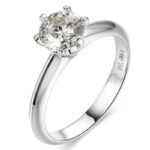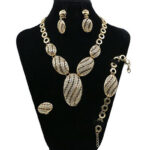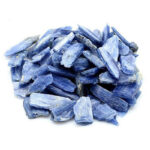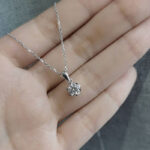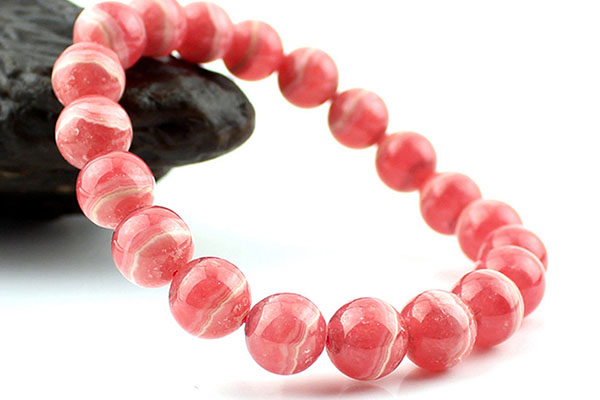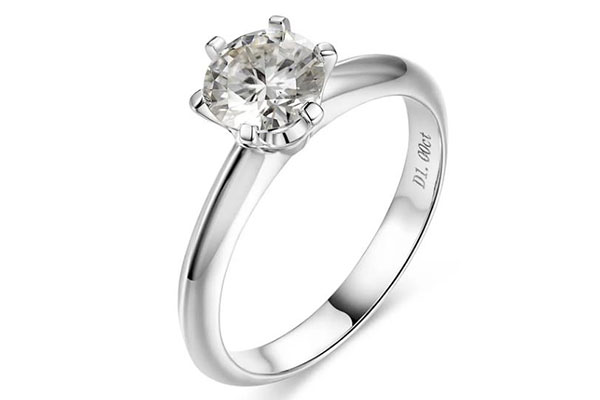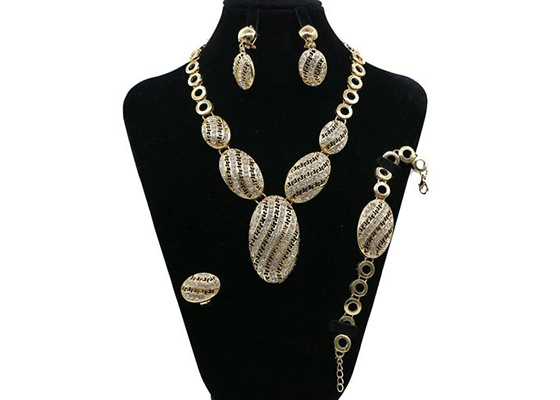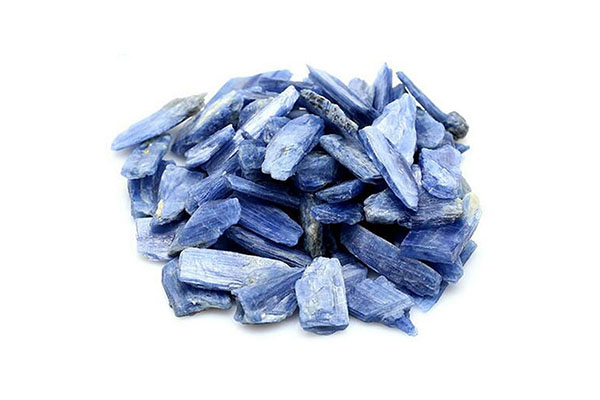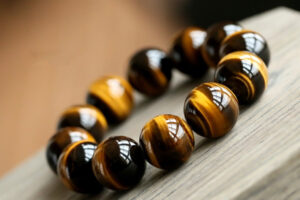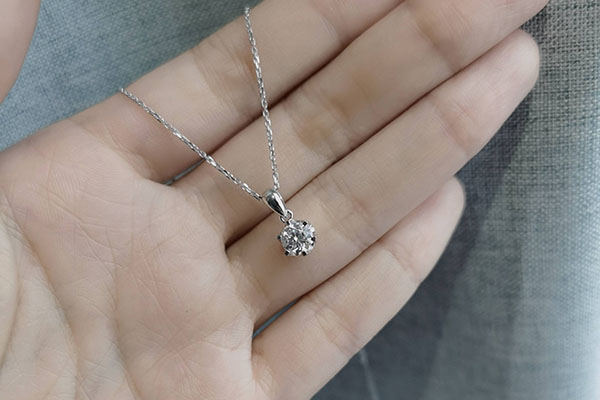Gemstones and minerals are fascinating objects that have captured the attention of people for centuries. Two popular gemstones that share similar names and features are rhodonite and rhodochrosite. While they may look alike to the untrained eye, these gemstones are unique in their own ways. In this blog post, we’ll explore the differences between rhodonite and rhodochrosite, as well as their similarities, metaphysical properties, and cultural significance.
General Characteristics of Rhodonite and Rhodochrosite
Before diving into the differences between rhodonite and rhodochrosite, it’s important to understand their general characteristics.
Rhodonite
Rhodonite is a mineral that belongs to the pyroxenoid group. It is usually pink to red in color, but it can also be brown or black. Rhodonite has a Mohs hardness of 5.5-6.5 and a specific gravity of 3.4-3.7. It is primarily composed of manganese, iron, calcium, and magnesium, and it is commonly found in metamorphic rocks.
Rhodochrosite
Rhodochrosite, on the other hand, is a mineral that belongs to the carbonate group. It is typically pink to red in color, but it can also be orange, brown, or yellow. Rhodochrosite has a Mohs hardness of 3.5-4 and a specific gravity of 3.5-3.7. It is primarily composed of manganese carbonate and is often found in hydrothermal veins associated with silver, lead, and copper deposits.
Both rhodonite and rhodochrosite are popular gemstones that are often used in jewelry and decorative objects. However, they have distinct differences in their chemical composition, crystal structure, and physical properties that set them apart.
Differences between Rhodonite and Rhodochrosite
Chemical Composition and Crystal Structure
Rhodonite and rhodochrosite have different chemical compositions and crystal structures. Rhodonite is a silicate mineral that is composed of manganese, iron, calcium, and magnesium. Its crystal structure is trigonal, with a space group of R-3c. Rhodochrosite, on the other hand, is a carbonate mineral that is composed of manganese carbonate. Its crystal structure is trigonal as well, but with a space group of R-3m.
Color and Streak
While both rhodonite and rhodochrosite are pink to red in color, they have different shades and hues. Rhodonite is usually a deep pink to reddish-brown color, while rhodochrosite can be a lighter pink or a peachy orange color. Rhodonite has a white streak, while rhodochrosite has a white to light brown streak.
Physical Properties
Rhodonite and rhodochrosite have different physical properties that can be used to distinguish between them. Rhodonite has a Mohs hardness of 5.5-6.5, while rhodochrosite has a Mohs hardness of 3.5-4. Rhodonite has a specific gravity of 3.4-3.7, while rhodochrosite has a specific gravity of 3.5-3.7.
Uses and Applications
Rhodonite and rhodochrosite have different uses and applications. Rhodonite is often used in jewelry and decorative objects due to its beautiful pink color and interesting patterns. It is also used in carvings, beads, and cabochons. Rhodochrosite, on the other hand, is used primarily as a decorative stone and is often cut into cabochons or polished into spheres or other shapes.
Value and Market Demand
Rhodonite and rhodochrosite have different values and market demands. Rhodonite is a popular gemstone that is in high demand among collectors and jewelry makers. Its value depends on its color, clarity, and size, with deeper pink and more translucent specimens being the most valuable. Rhodochrosite is also a popular gemstone, but it is less valuable than rhodonite due to its lower hardness and abundance in the market.
Similarities between Rhodonite and Rhodochrosite
While rhodonite and rhodochrosite have distinct differences, they also share some similarities.
Relation to the Manganese Mineral Group
Both rhodonite and rhodochrosite belong to the manganese mineral group, which also includes minerals such as pyrolusite, rhodochrosite, and hausmannite. This group of minerals is characterized by their high content of manganese and their importance in industrial applications.
Metaphysical Properties and Healing Benefits
Rhodonite and rhodochrosite are believed to have metaphysical properties and healing benefits. Rhodonite is said to promote emotional balance, enhance self-esteem, and reduce anxiety and stress. Rhodochrosite is said to help with emotional healing, promote compassion and forgiveness, and enhance creativity and self-expression. Both stones are also associated with the heart chakra and are said to open and heal the heart, as well as promote love and kindness.
Cultural Significance
Rhodonite and rhodochrosite also have cultural significance in various parts of the world. Rhodonite is the official state gemstone of Massachusetts in the United States and is also the national gemstone of Russia. In Russia, it is known as the “stone of love” and is believed to bring peace and harmony to relationships. Rhodochrosite, on the other hand, is the national stone of Argentina, where it is mined in the Andes Mountains. It is often used in traditional Argentinean jewelry and is believed to bring good luck and prosperity.
Conclusion
Rhodonite and rhodochrosite are two unique gemstones with distinct differences in their chemical composition, crystal structure, physical properties, uses, and market demand. While they share similarities in their relation to the manganese mineral group, metaphysical properties, and cultural significance, they are each prized for their own unique characteristics. Whether you’re a gemstone collector, a jewelry maker, or simply interested in the beauty and diversity of the natural world, rhodonite and rhodochrosite are two gemstones worth exploring.

